No food says “summer” better than berries!
There are few foods that are as pleasing to the senses and as good for us as berries. Their sweet fragrance, rich colors, intriguing textures and complex tastes are just irresistible.
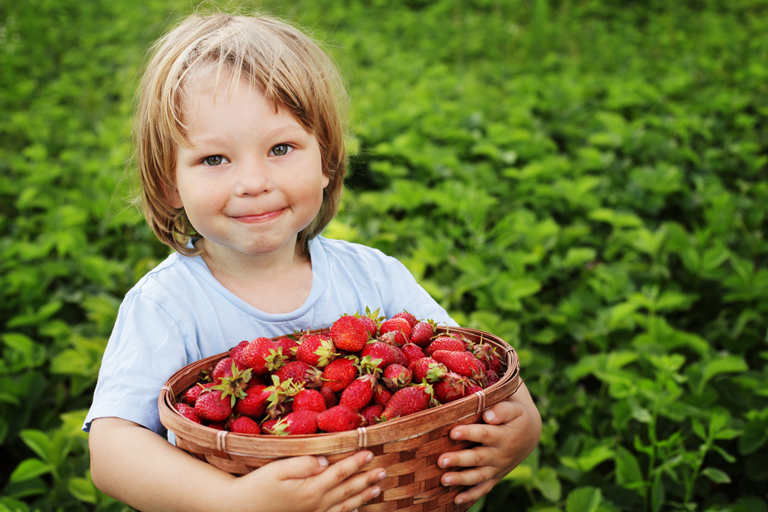
I suspect that somewhere in the recesses of our ancestral memory, before fractured foods and artificial ingredients disconnected us from real, whole foods, that our attraction to berries stems from their huge benefits to our health. They taste so good to us because they are so good for us.
What eating berries can do for you: Phytonutrients
The most powerful components of berries are found in the same chemical compounds that give them their dark, beautiful colors. These compounds are called phytonutrients and they aren’t classified “nutrients” in the traditional viewpoint. In other words, phytonutrients aren’t protein, fats, or carbohydrates, nor are they vitamins or minerals.
These compounds are still being studied but some scientists estimate that there are more than 4,000 types of phytonutrients found in plant foods! In nature they provide to plants protection from disease and UV radiation as well as insect resistance. By eating these phytonutrient-rich berries we can get some of the same types of benefits for ourselves.
Try to eat berries at least 3-4 times per week as part of your overall fruit intake.
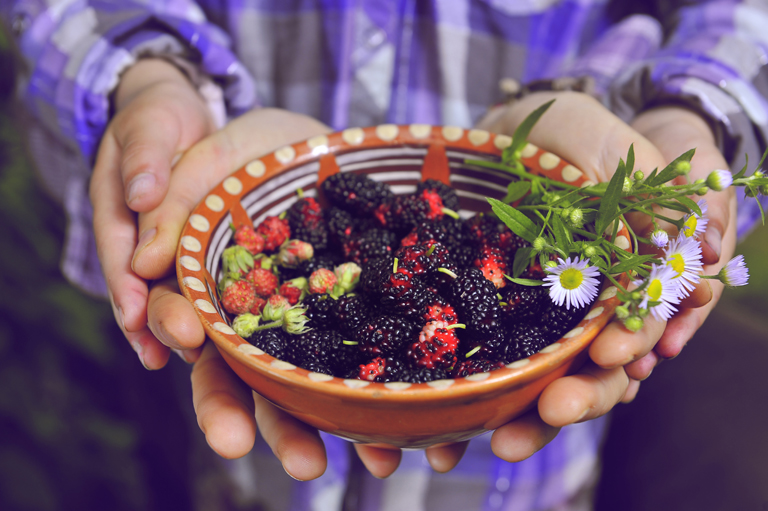
There are oodles of different types of summer berries: ollaliberries, huckleberries, blackberries, mulberries, elderberries, nannyberries, gooseberries, and thimbleberries and you are lucky if you have access to any of these. But for most of us we’re looking at the big three, blueberries, raspberries and strawberries, all of which are truly food as medicine for our bodies, minds and spirits.
Blueberries – Get smart!
Blueberries are the superstars in terms of their unique health benefits. The phytonutrients found in blueberries belong to a group known as anthocyanins and they have long been hailed as one of the most anti-oxidant and anti-inflammatory foods on the planet. They are heart protective and cancer protective.
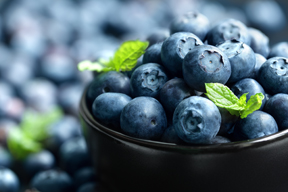
Additionally, recent studies have shown that blueberries (and other berries that have deep blue color, like blackberries and marionberries) play a powerful role in keeping the brain healthy. Research shows that there is a significant impact on brain signaling (i.e. how the neurons connect) and that eating foods with anthocyanins can improve memory, protect against Alzheimer’s disease and have positive effects on mood and behavior.
Healthy blueberry tip: Choose the smaller blueberries for the greatest health benefits and flavor. Wild blueberries, if you can get them, are the best!
Raspberries – Get thin!
Like other berries raspberries contain phytonutrients that function as powerful anti-oxidants and anti-inflammatories. Raspberries (as well as blackberries) are cancer protective due to the compound called ellagic acid which protects our DNA. 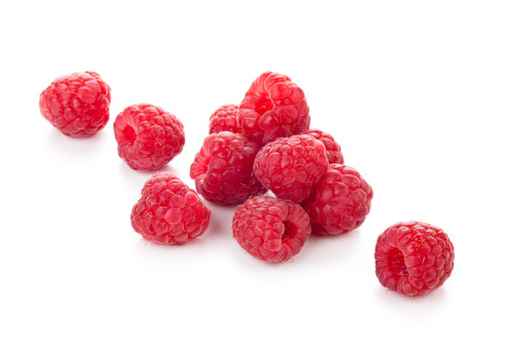
What makes raspberries special in the berry world is that they have the potential to affect the metabolism of our fat cells. The special phytonutrient that they contain, rheosmin, also known as raspberry ketone, increases activity in certain types of fat cells to affect enzyme activity, oxygen consumption and energy production.
Healthy raspberry tip: Choose organic and fully ripe raspberries for the maximum antioxidant support. Research comparing organic raspberries to conventionally grown raspberries showed a far greater antioxidant activity in the organic berries. Who wants pesticide-enriched berries anyway?
Strawberries – Love your heart!
The last of the big three, strawberries are powerfully anti-oxidant, cancer-protective and anti-inflammatory and high in Vitamin C. Strawberries have also been shown to improve regulation of blood sugar and decrease the risk of type 2 diabetes. Great news for diabetics or those with pre-diabetes!
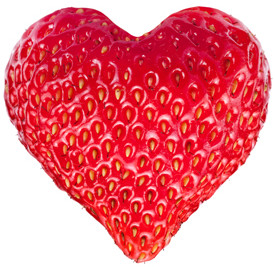
The research shows that the most documented benefit of eating strawberries is their effects on the cardiovascular system. Strawberry consumption is associated with decreased incidence of hypertension and healthier cholesterol levels in subjects with cardiovascular risk factors.
Healthy strawberry tip: Strawberries once picked do not ripen further. So choose the ripest, reddest berries for best flavor and phytonutrient content. Store them in the coldest spot in the refrigerator, in a cold storage bin, if possible, to maintain greater humidity.
Buying Berries
- Buy your berries within a few days of using them.
- For best flavor and nutrition, select berries with the richest colors.
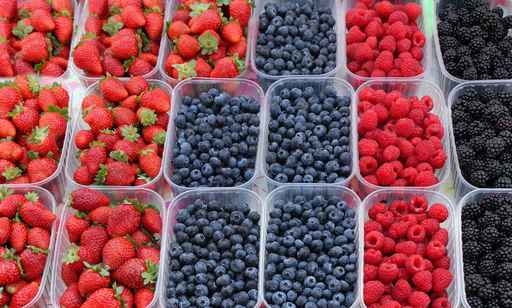
- Buy organic whenever you can – consider the higher price to be part of your health insurance. Conventionally grown berries, especially strawberries, have been found year after year by the Environmental Working Group to be heavily contaminated with pesticides.
- If you have the opportunity, wild berries are the best! Or if not, buy from a local farmer or pick your own.
The best part – Eating your berries!
Berries retain their maximum amount of nutrients and health benefits when eaten raw and not cooked in a recipe.
Blueberry Carrot and Sunflower Seed Salad
This is so delicious and easy – sweet and sour and crunchy and soft.
4 servings
2 medium size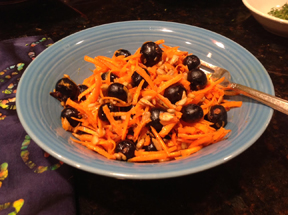 d carrots, grated
d carrots, grated
8 oz fresh blueberries
¼ cup toasted sunflower seeds
1 Tbs Extra virgin olive oil
1 Tbs fresh lemon juice
Salt and pepper to taste
Combine the first 3 ingredients and toss with the olive oil and lemon juice. Taste and adjust seasonings.
Raspberry Mousse (Dairy- and Egg-Free)
This is a recipe I created for clients who have to avoid dairy products and eggs, but it is yummy enough for everyone!
2 – 3 servings
2/3 cup raw cashews (preferably soaked overnight)
1/4 cup water
1/4 cup coconut milk (canned, unsweetened)
1 Tbs Grade B maple syrup
pinch of sea salt
1 tsp vanilla extract
1 1/2 cups fresh raspberries (about 6 oz.) (Reserve a few berries to garnish)
Blend together all the ingredients in a high-power blender or food processor until a thick and smooth consistency is reached, for about 1 minute.
Blend in the raspberries and chill for 2 hours. Serve garnished with a few raspberries.
Balsamic Strawberries with Arugula
from How to Cook Everything Vegetarian by Mark Bittman
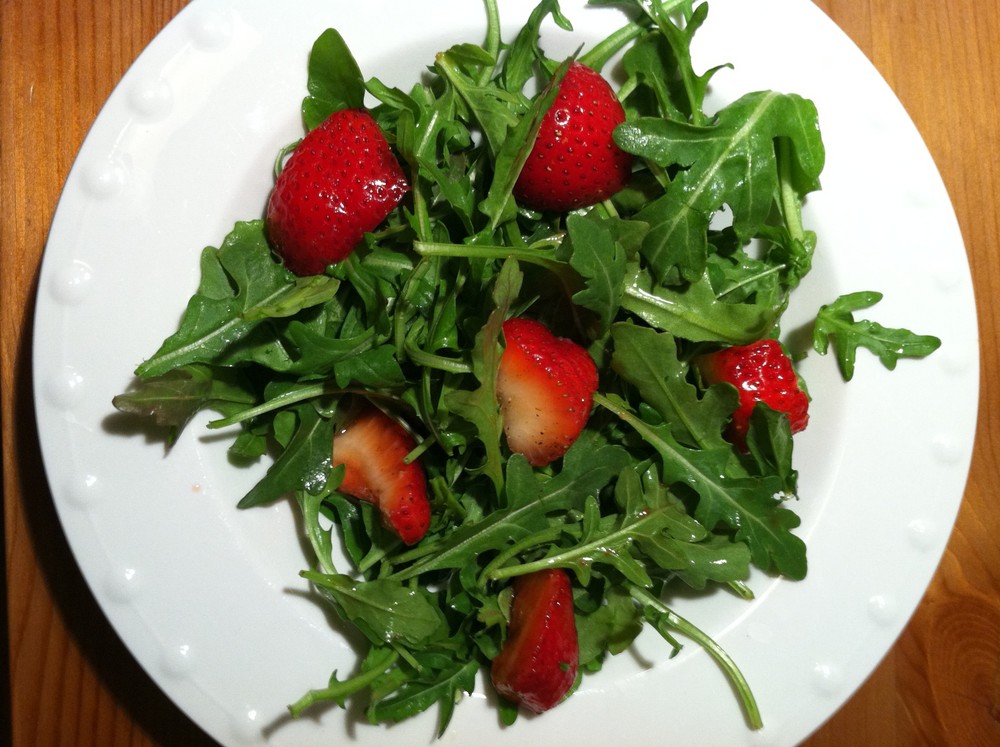
3 cups strawberries, hulled, halved or quartered
1 Tbs. balsamic vinegar or more to taste
Freshly ground black pepper
4 cups arugula leaves
Salt
1 Tbs. extra virgin olive oil
Toss the strawberries with the vinegar and black pepper in a large salad bowl and let sit for 15 minutes
Add arugula, sprinkle with salt and toss. Drizzle with olive oil and toss again. Adjust seasonings, serve and enjoy!
References
